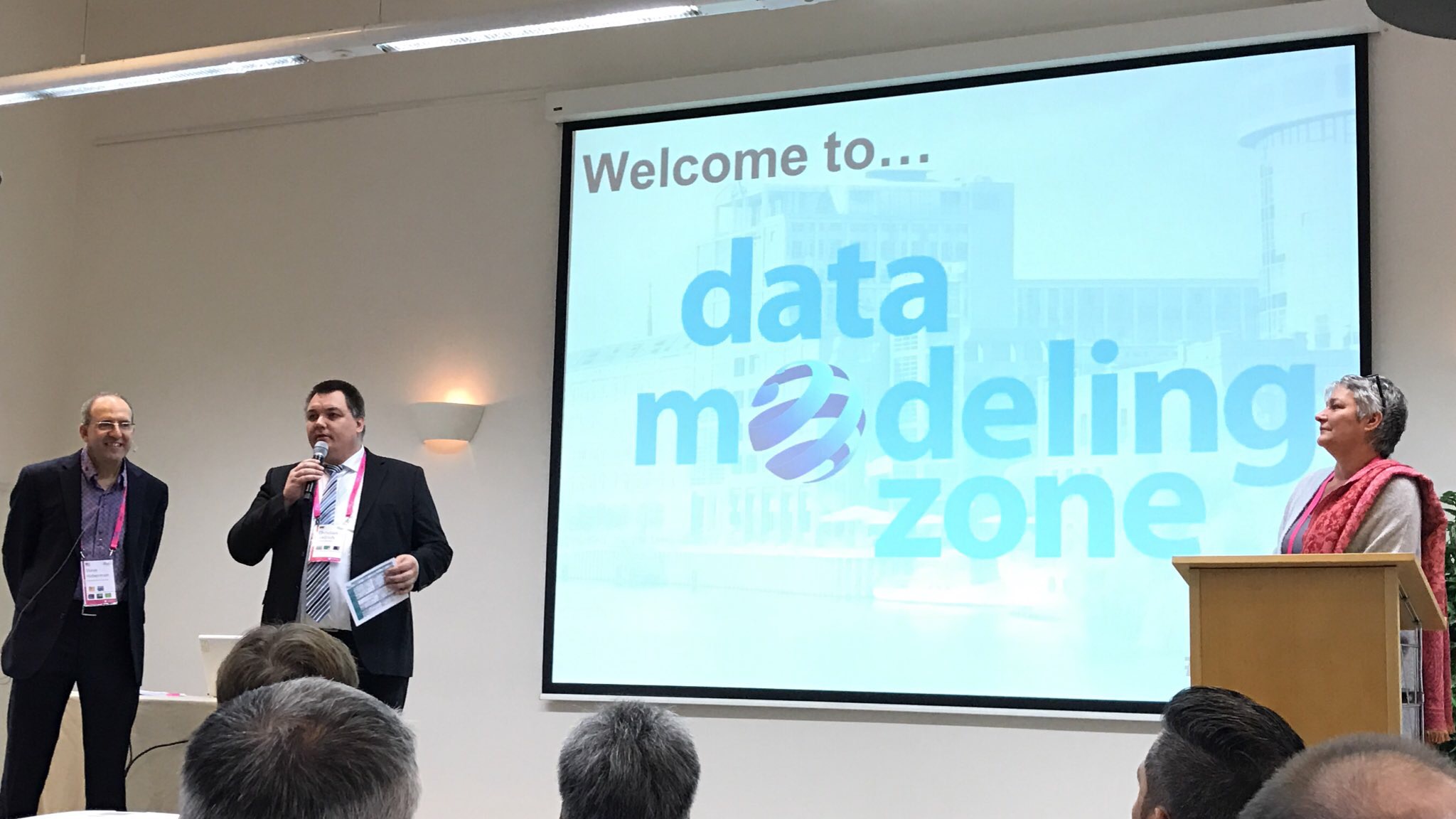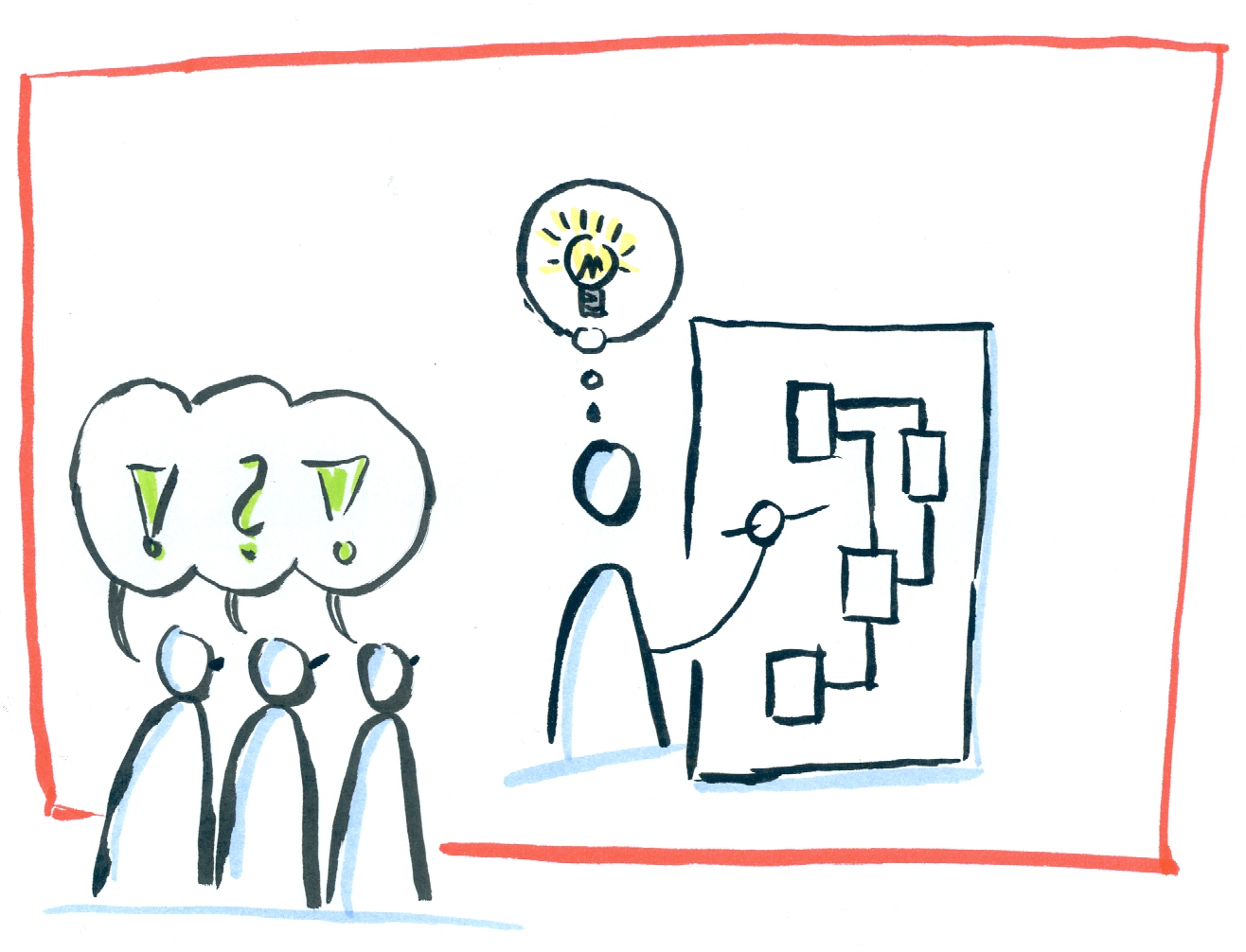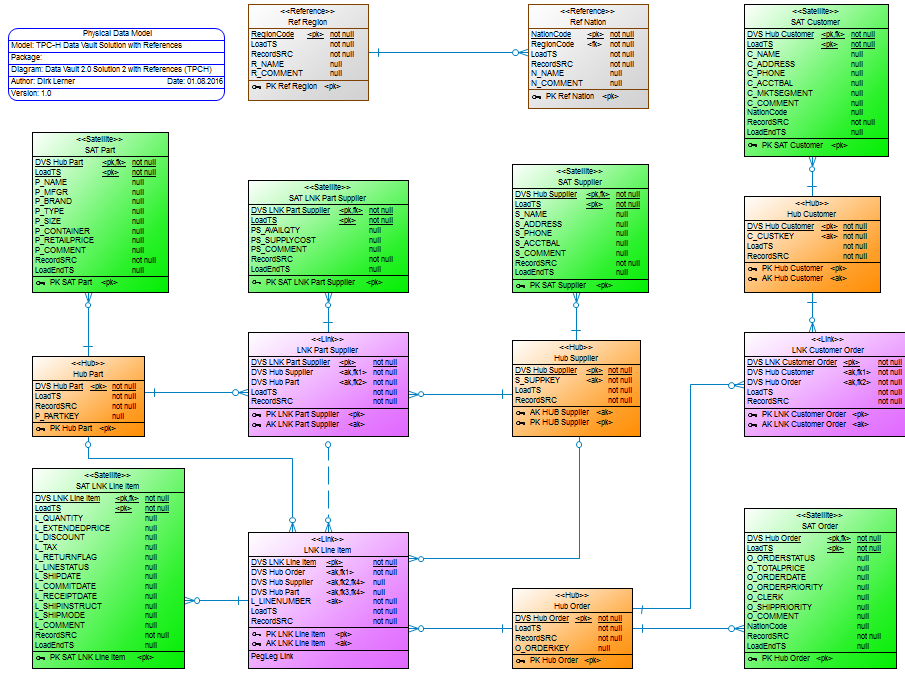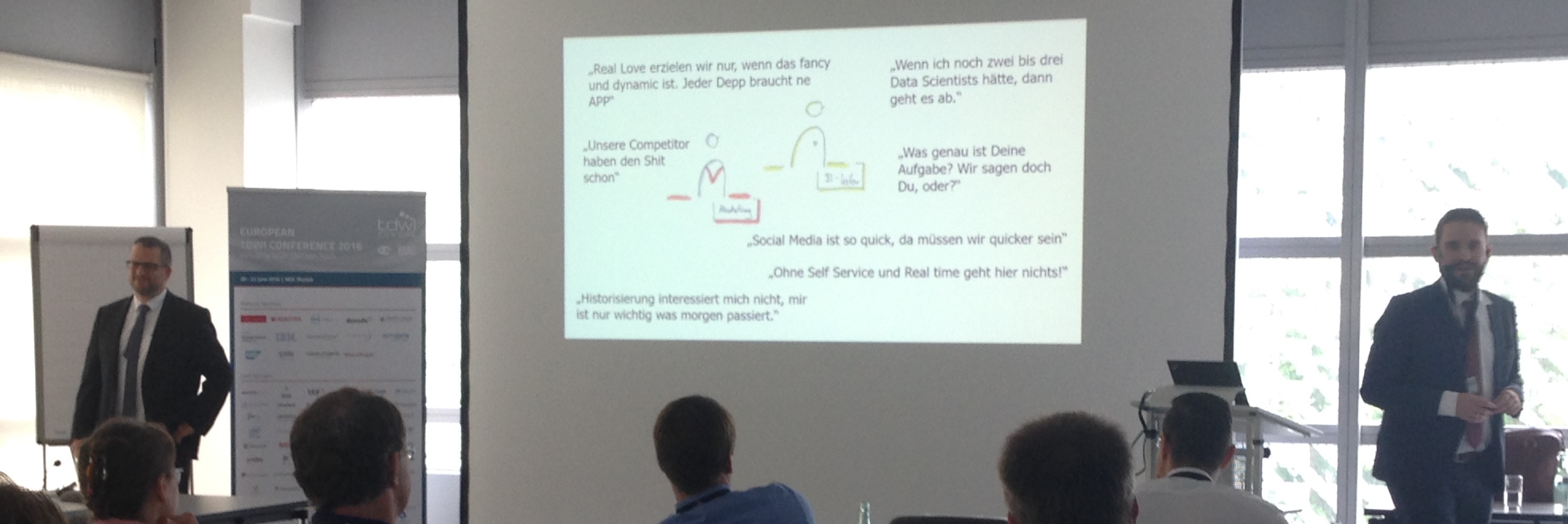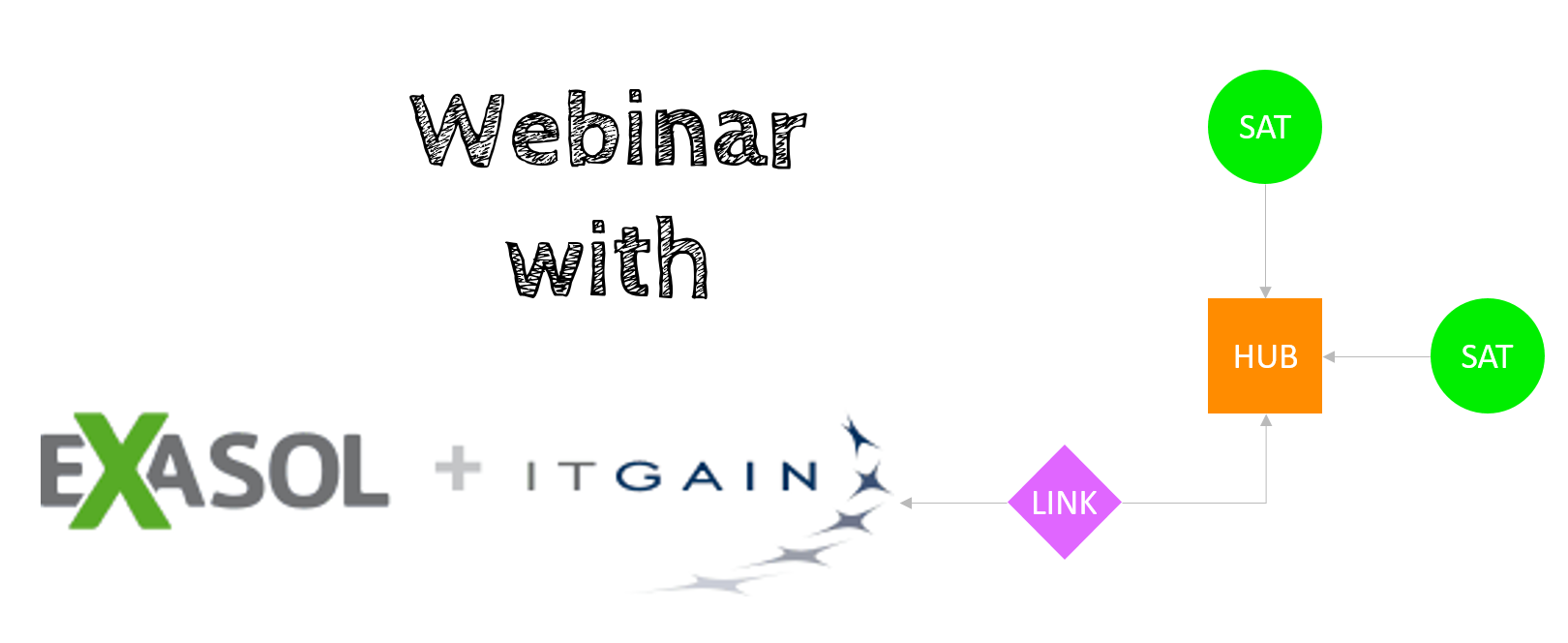FCO-IM - Data Modeling by Example
Do You want to visit a presentation about Fully Communication Oriented Information Modeling (FCO-IM) in Frankfurt?
I’m very proud that we, the board of the TDWI Roundtable FFM, could win Marco Wobben to speak about FCO-IM. In my opinion, it’s one of the most powerful technique for building conceptual information models. And the best is, that such models can be automatically transformed into ERM, UML, Relational or Dimensional models and much more. So we can gain more wisdom in data modeling at all.
But, what is information modeling? Information modeling is making a model of the language used to communicate about some specific domain of business in a more or less fixed way. This involved not only the words used but also typical phrases and patterns that combine these words into meaningful standard statements about the domain [3].
I was at the Data Modeling Zone Europe 2016 in Berlin as a speaker. It was the 4th Data Modeling Zone in Europe and in my opinion one of the best per the conference program and the interesting and awesome chats with other speakers and attendees. This year’s venue was the Abion Hotel in Berlin, situated next to the Spreebogen and for this a great environment around the venue.
This year’s European Data Modeling Zone (DMZ) will take place at the wonderful German capital Berlin and I’m very happy to be again speaker at this great event! This year I’ll speak about how to start with a conceptual model, using a logical model and finally how to model the physical Data Vault. During this session we will do some exercises (no, no push-ups!!) to bring our brains up and running about modeling.
On July 15, Mathias Brink and I ran a webinar about Data Vault on EXASOL, modeling and implementation. The webinar started with an overview of the concepts of Data Vault Modeling and how Data Vault Modeling enables agile development cycles. Afterwards, we showed a demo that transformed the TPC-H data model into a Data Vault data model and how you can then query the data out of the Data Vault data model. The results were then compared with the original queries of the TPC-H.
In the past, I've always had a need for large data sets to test data logistics processes or a database technology for Data Vault.
Last week in June I was at the TDWI Conference 2016 at Munich. ITGAIN, my employer, had as a platin sponsor a booth to present our products and services!
experts discuss #ITGAIN_GmbH @TDWI_EU Conference #TDWI2016. pic.7905d1c4e12c54933a44d19fcd5f9356-gdprlock/weH5LyIf1A
— ITGAIN (@ITGAIN_GmbH) 20. Juni 2016
In my point of view, it was another great TDWI conference at Munich with a lot of awesome people I could talk with - including an interesting discussion about data architecture with Mark (Madsen) and all the nonsense happening in the Big Data world.
You may have received an e-mail invitation from EXASOL or from ITGAIN inviting you to our forthcoming webinar, such as this:
Do you have difficulty incorporating different data sources into your current database? Would you like an agile development environment? Or perhaps you are using Data Vault for data modeling and are facing performance issues?
If so, then attend our free webinar entitled “Data Vault Modeling with EXASOL: High performance and agile data warehousing.” The 60-minute webinar takes place on July 15 from 10:00 to 11:00 am CEST.
Page 7 of 12


